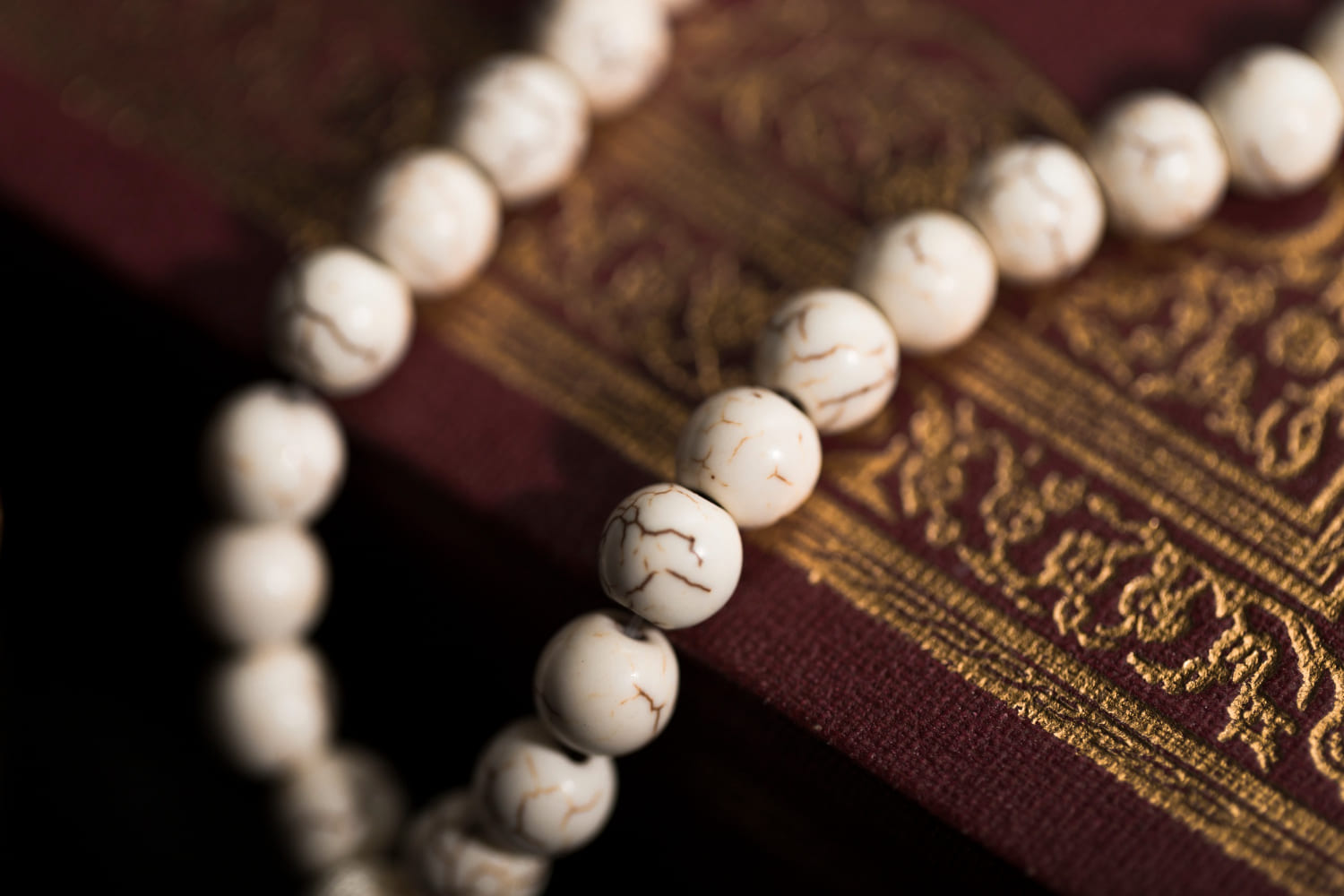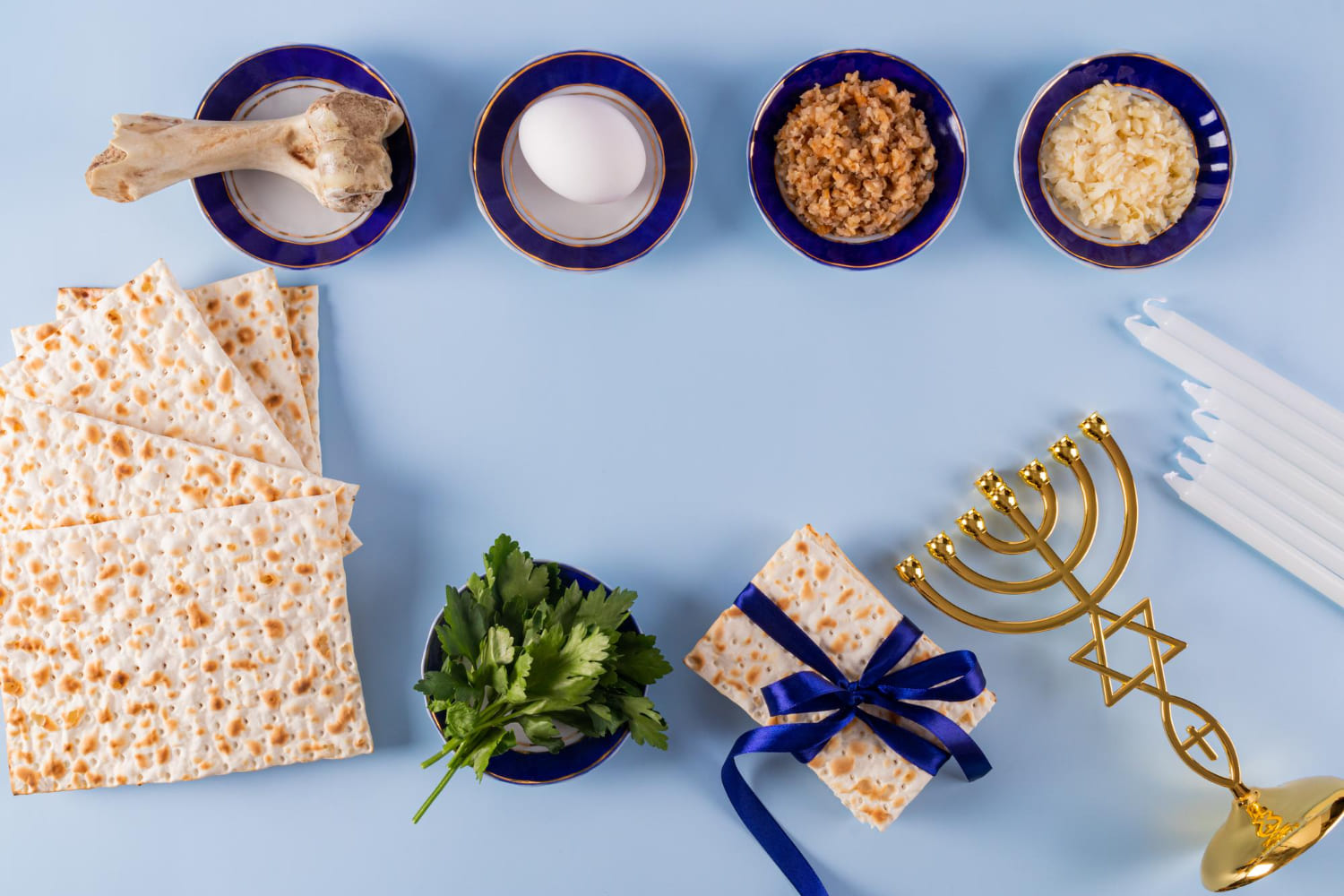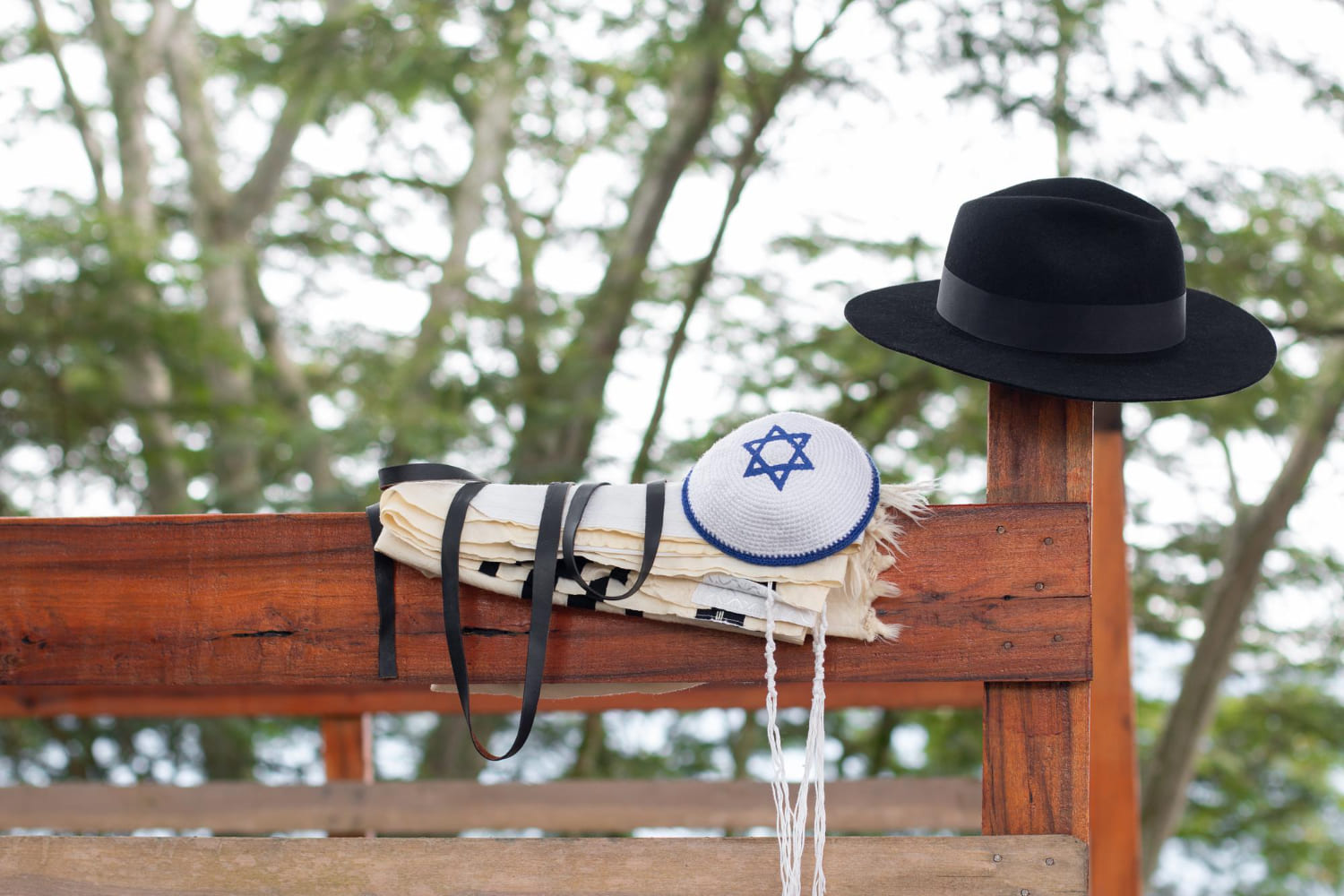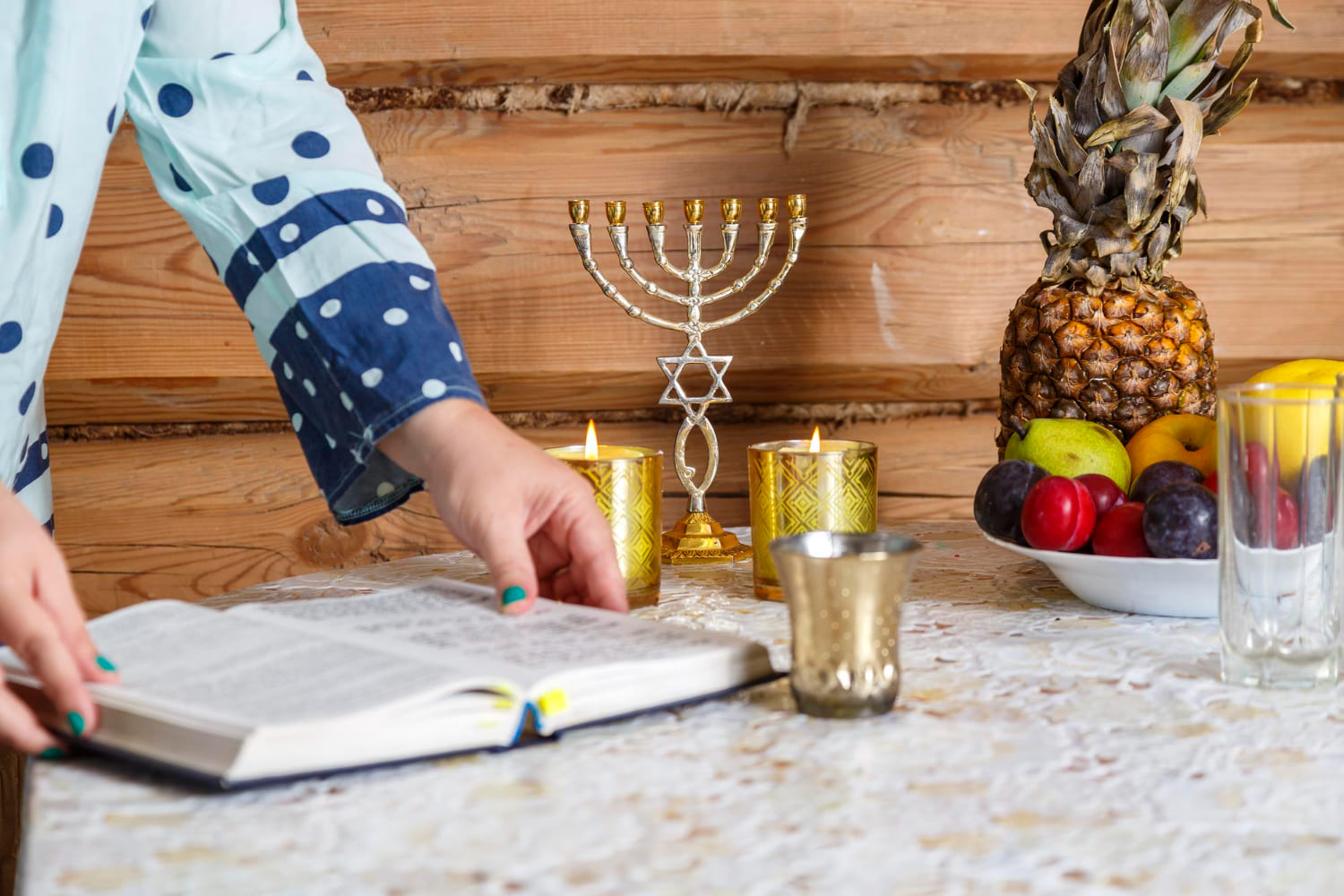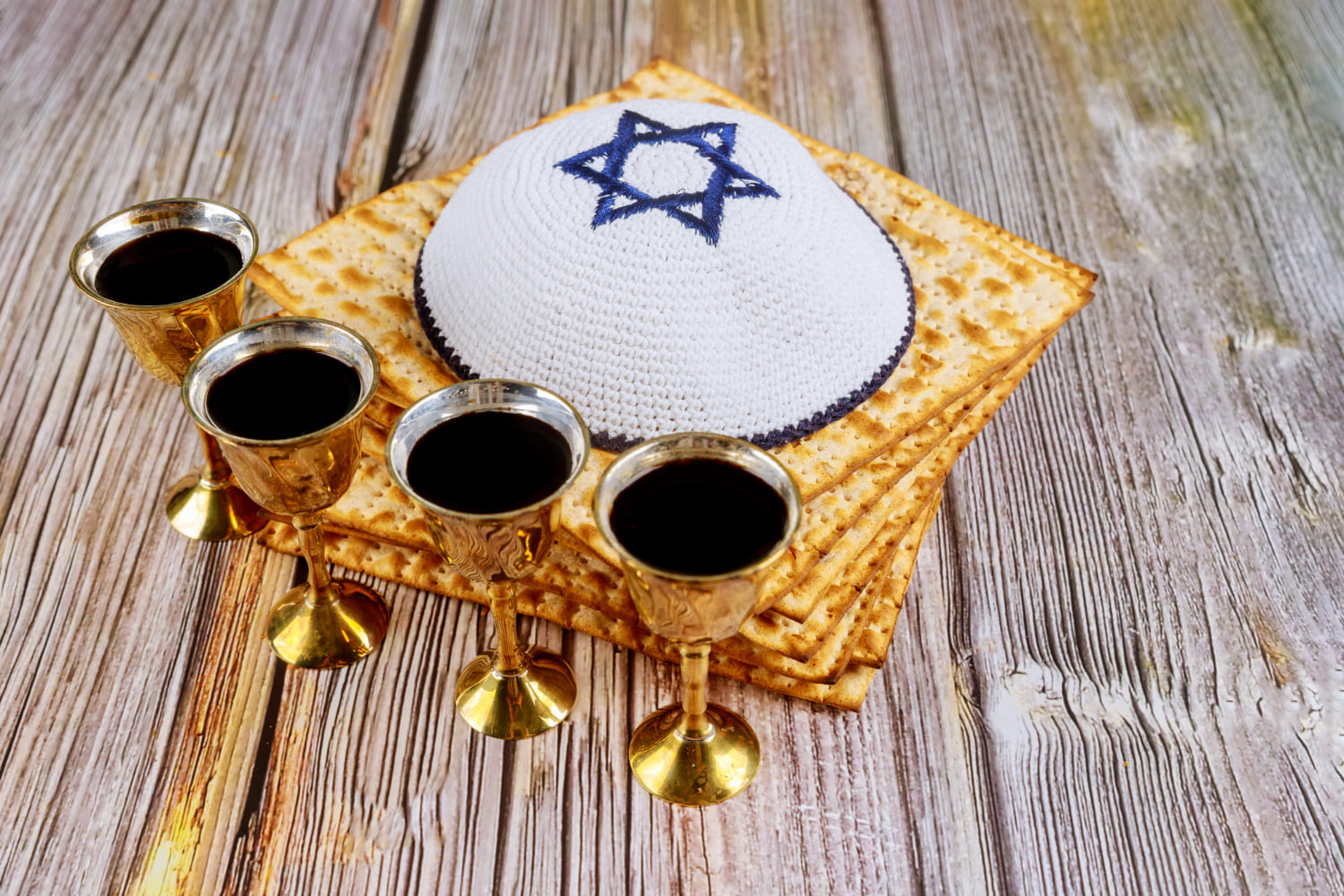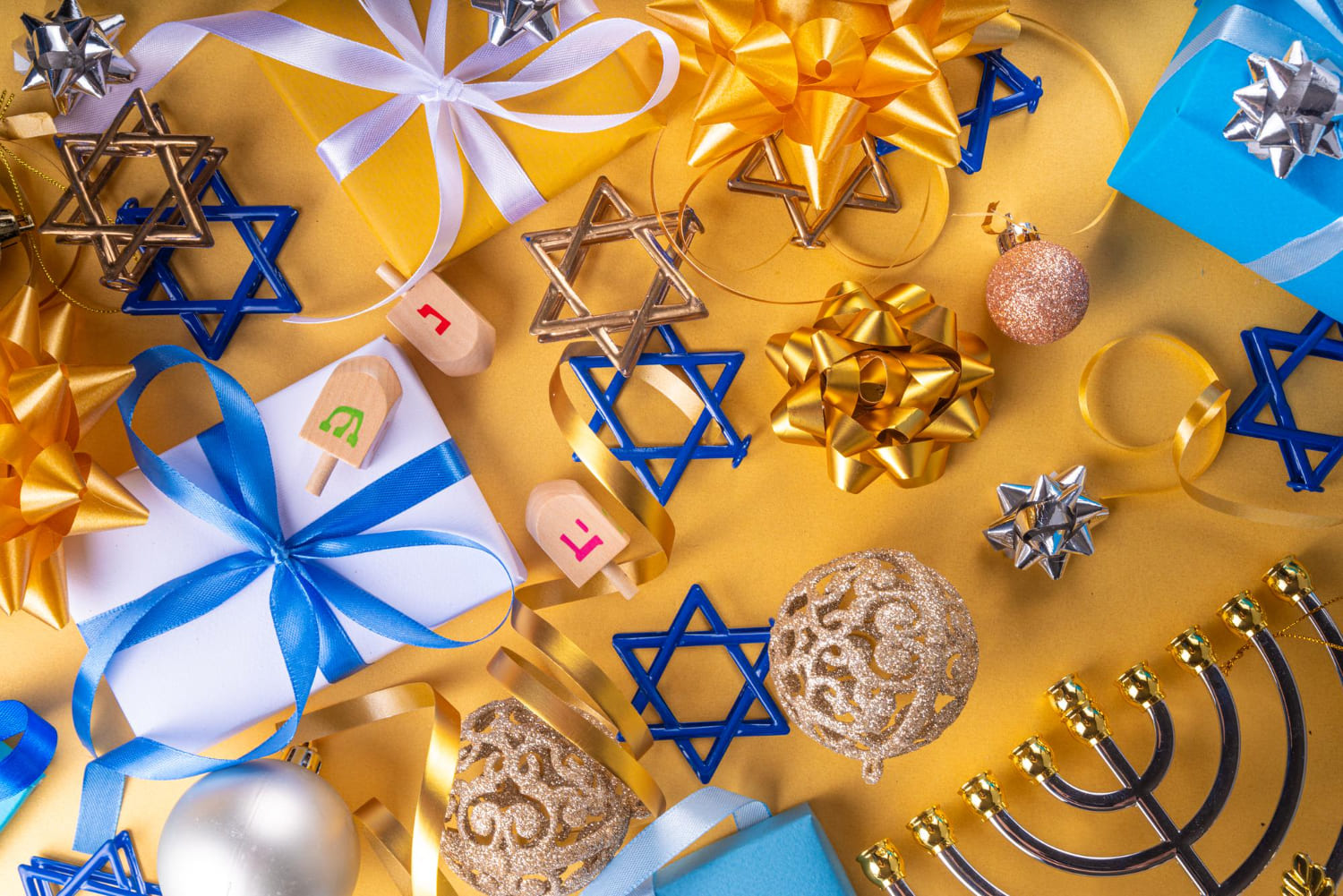Judaism is a religion that has been practiced for centuries and is based on a set of beliefs and traditions that have been passed down from generation to generation.
These traditions are an essential part of the Jewish faith, and they help to define the culture and identity of the Jewish people.
From the weekly observance of Shabbat to the celebration of the High Holidays, Jewish traditions are rich and diverse, and they provide a deep connection to the history and heritage of the Jewish people.
Whether it’s lighting the candles on Friday night or reciting the prayers of the Passover Seder, Jewish traditions offer a way to connect with the past and to pass on these customs to future generations.
This guide provides a comprehensive list of Jewish traditions, from the most basic mitzvot to the most complex rituals.
Whether you are a lifelong practitioner of Judaism or a newcomer to the faith, this guide will help you to understand and appreciate the richness and diversity of Jewish traditions and the role they play in the lives of Jewish people around the world.
History of Jewish Traditions
Judaism is one of the oldest religions in the world, with a rich history and many traditions that have been passed down through the generations. Jewish traditions have evolved over time, influenced by the events and circumstances of Jewish history. Here is a brief overview of the history of Jewish traditions.
Many of the Jewish traditions that are practiced today have their roots in the Torah, the Jewish holy book. The Torah contains the first five books of the Hebrew Bible and outlines the laws and beliefs of Judaism. The Torah was written over a period of several centuries, beginning around 1200 BCE.
After the destruction of the Second Temple in 70 CE, Judaism underwent a significant transformation. With the Temple gone, the focus of Jewish worship shifted from sacrifice to prayer and study. The rabbis, who were the religious leaders of the Jewish community, became the primary interpreters of Jewish law and tradition.
Over time, the rabbis developed a vast body of literature known as the Talmud. The Talmud contains discussions and debates about Jewish law and tradition, as well as stories and teachings that illustrate Jewish values and beliefs. The Talmud remains a central text in Jewish tradition and is studied by Jews around the world.
Throughout Jewish history, there have been many challenges and obstacles that have threatened the survival of the Jewish people. Despite these challenges, Jewish traditions have persisted and continue to be practiced today.
From observing the Sabbath to celebrating Jewish holidays, Jewish traditions provide a sense of continuity and connection to the past for Jews around the world.
Religious Jewish Traditions
Religious Jewish traditions are an integral part of Jewish life and culture.
Here are some of the most prominent religious traditions:
- Shabbat: Shabbat, the Jewish Sabbath, is a weekly day of rest and devotion to God. It begins at sundown on Friday and ends at nightfall on Saturday. During Shabbat, Jews refrain from work, including turning on or off electrical devices, and instead focus on prayer, family, and community.
- Kosher: Kosher is a set of dietary laws that dictate what foods can and cannot be eaten by Jews. Kosher laws include prohibitions on eating certain animals, such as pigs and shellfish, and require that meat and dairy products not be mixed.
- Tefillin: Tefillin are small black leather boxes containing scrolls with verses from the Torah. They are worn by observant Jewish men during weekday morning prayers as a reminder of God’s presence.
- Tallit: The tallit, also known as a prayer shawl, is a rectangular garment with fringes on the corners. It is worn by Jewish men during morning prayers and on other special occasions.
Other religious Jewish traditions include:
| Brit Milah: | A circumcision ceremony performed on Jewish baby boys on the eighth day of life. |
| Bar/Bat Mitzvah: | A coming-of-age ceremony for Jewish boys (bar mitzvah) and girls (bat mitzvah) when they turn 13 years old. |
| Rosh Hashanah: | The Jewish New Year, which is celebrated with special prayers, festive meals, and the blowing of the shofar (a hollowed-out ram’s horn). |
| Yom Kippur: | The Day of Atonement, which is the holiest day of the Jewish year. It is a day of fasting, prayer, and repentance. |
Cultural Jewish Traditions
Jewish culture is rich and diverse, with many unique traditions and customs. These cultural practices have been passed down from generation to generation and have helped to shape Jewish identity and community.
Some of the most prominent cultural Jewish traditions include:
- Food: Jewish cuisine is famous for its delicious and hearty dishes. Some of the most popular Jewish foods include challah bread, matzo ball soup, gefilte fish, latkes, and brisket. Many Jewish families have their own special recipes that have been passed down through the generations.
- Music: Music has always been an important part of Jewish culture. Traditional Jewish music includes klezmer, a type of instrumental music that originated in Eastern Europe, and cantorial music, which is performed during religious services. Jewish musicians have also made significant contributions to other genres of music, including classical, jazz, and rock.
- Dance: Jewish dance is a lively and expressive art form that is often performed at weddings and other celebrations. Some of the most popular Jewish dances include the hora, a circle dance that is performed to lively music, and the Yemenite step, which is a traditional dance from Yemen.
- Literature: Jewish literature includes a wide range of genres, from religious texts like the Torah and Talmud to modern novels and poetry. Many Jewish writers have explored themes of identity, tradition, and history in their work.
- Art: Jewish art includes a variety of styles and mediums, from traditional religious art like illuminated manuscripts and synagogue murals to modern works by Jewish artists around the world. Some of the most famous Jewish artists include Marc Chagall, Chaim Soutine, and Mark Rothko.
These cultural Jewish traditions are just a few examples of the rich and diverse heritage of Jewish culture. They help to connect Jews to their history and identity, and they continue to be an important part of Jewish life today.
Jewish Holidays
Jewish holidays are an important part of Jewish culture and tradition. They are celebrated throughout the year and are based on both biblical and historical events.
Here are some of the most significant Jewish holidays:
| Holiday | Date | Description |
|---|---|---|
| Rosh Hashanah | Tishrei 1-2 (September/October) | The Jewish New Year, a time for introspection and reflection on the past year. |
| Yom Kippur | Tishrei 10 (September/October) | The Day of Atonement, a solemn day of fasting and repentance. |
| Sukkot | Tishrei 15-21 (September/October) | A harvest festival that commemorates the Israelites’ journey through the wilderness. |
| Hanukkah | Kislev 25-Tevet 2 (November/December) | A celebration of the rededication of the Temple in Jerusalem after the Maccabean Revolt. |
| Purim | Adar 14 (February/March) | A joyous holiday that commemorates the salvation of the Jewish people from Haman’s plot to destroy them. |
| Passover | Nisan 15-22 (March/April) | A spring festival that commemorates the Israelites’ liberation from slavery in Egypt. |
| Shavuot | Sivan 6-7 (May/June) | A celebration of the giving of the Torah at Mount Sinai. |
Each holiday has its own unique customs and traditions. For example, on Rosh Hashanah, it is customary to eat apples dipped in honey to symbolize a sweet new year.
On Passover, Jews refrain from eating leavened bread and instead eat matzah, a type of unleavened bread.
On Hanukkah, Jews light candles on a menorah each night for eight nights.
Many Jewish holidays also involve special prayers and services at synagogue. On Yom Kippur, Jews attend a day-long service that includes fasting, prayer, and reflection.
On Passover, Jews attend a Seder, a special meal that retells the story of the Israelites’ liberation from Egypt.
Overall, Jewish holidays are an important way for Jews to connect with their heritage and celebrate their faith. They provide an opportunity for reflection, gratitude, and celebration.
Jewish Food Traditions
Jewish cuisine is as diverse as the Jewish people themselves, with each community bringing its unique flavors and dishes to the table. Jewish food is influenced by religious laws (kashrut), which prohibit certain foods and require specific preparation methods.
Here are some of the most popular Jewish food traditions:
Matzah
Matzah is a flat, unleavened bread that is a staple during Passover. It symbolizes the haste with which the Jewish people left Egypt, and the lack of time to allow bread to rise. Matzah is made from flour and water and is baked quickly to prevent it from rising. It is eaten with butter, jam, or as part of a sandwich.
Challah
Challah is a braided bread that is traditionally eaten on Shabbat and holidays. It is made from flour, water, yeast, sugar, and eggs, and is often topped with sesame or poppy seeds. Challah is a symbol of the manna that fell from heaven during the Jewish people’s 40 years in the desert.
Bagels
Bagels are a popular breakfast food in Jewish communities around the world. They are made from high-gluten wheat flour and are boiled before being baked, giving them their distinctive chewy texture. Bagels are often served with cream cheese, lox, or other toppings.
Kugel
Kugel is a baked dish made from egg noodles or potatoes and is often served as part of festive meals. It can be sweet or savory and may include ingredients such as cheese, raisins, or vegetables. Kugel is a popular dish in Ashkenazi Jewish homes and is often served on Shabbat and holidays.
Gefilte Fish
Gefilte fish is a traditional Jewish dish made from ground fish, usually carp or whitefish, mixed with onions, eggs, and matzah meal. It is often served as an appetizer and is a staple of the Passover seder. Jewish food traditions are an important part of Jewish culture and history. From matzah to gefilte fish, these dishes are a reflection of the Jewish people’s journey and traditions.
Jewish Wedding Traditions
The Jewish wedding ceremony is rich in traditions that have been passed down for centuries. These traditions symbolize the couple’s commitment to each other and to their faith.
Here are some of the most common Jewish wedding traditions:
- Kabbalat Panim: This is a special reception in honor of the bride and groom. It is held separately for the bride and groom, and it is where they greet their guests and receive blessings.
- Tish: This is a gathering of the groom and his male relatives and friends. The groom sits at the head of the table and teaches Torah while the others listen and offer insights.
- Bedecken: This is where the groom veils the bride, which symbolizes his commitment to protect her.
- Ketubah: This is a written marriage contract that outlines the groom’s responsibilities to his bride. It is signed by the groom, two witnesses, and the rabbi.
- Chuppah: This is a canopy that symbolizes the couple’s new home together. The ceremony takes place under the chuppah, which is held up by four poles.
- Seven Blessings: These are recited over a cup of wine and symbolize the couple’s new life together. The blessings are recited by the rabbi and other members of the wedding party.
- Breaking of the Glass: This is a symbol of the destruction of the Temple in Jerusalem. The groom breaks a glass with his foot, and the guests shout “Mazel Tov!”
These are just a few of the many Jewish wedding traditions that are observed today. Each tradition has its own meaning and significance, and they all come together to create a beautiful and meaningful ceremony that celebrates the love and commitment of the bride and groom.
Jewish Funeral Traditions
Jewish funerals are steeped in tradition and customs that have been passed down through generations. They are a way to honor the deceased and provide comfort to the mourners.
Here are some of the key Jewish funeral traditions:
- Chevre Kadisha: A group of men or women who care for the deceased and prepare the body for burial. They perform a ritual washing and dressing of the body, known as tahara.
- Hesped: A eulogy delivered by a family member or close friend. It is a tribute to the life of the deceased and often includes personal anecdotes and memories.
- Kaddish: A prayer recited by the mourners in memory of the deceased. It is recited multiple times throughout the mourning period.
- Kever: The grave site of the deceased. It is customary to visit the grave site and recite prayers on special occasions.
- Shiva: A seven-day mourning period where family and friends gather to offer condolences and support. It is customary to sit on low stools or cushions and refrain from work or other activities.
It is also customary for mourners to tear their clothing as a sign of grief. This is known as kriah. The tear is made on the left side of the clothing, close to the heart.
Another tradition is to place a small stone on the grave as a sign of respect and remembrance. This is known as matzevah.
Overall, Jewish funeral traditions provide a way to honor the deceased and offer comfort to the mourners. They are a reminder of the importance of community and support during times of grief.
Famous Jewish Traditions
Judaism is a religion that is rich in traditions and rituals. These traditions have been passed down from generation to generation and have become an integral part of Jewish culture.
Here are some of the most famous Jewish traditions:
- Shabbat: Shabbat is the Jewish day of rest, which begins at sunset on Friday and ends at nightfall on Saturday. It is a time for families to come together, light candles, and share a meal. Observant Jews refrain from working or using electronics during this time.
- Passover: Passover is a holiday that celebrates the liberation of the Jewish people from slavery in Egypt. It is celebrated with a special meal called a Seder, during which the story of the Exodus is retold.
- Hanukkah: Hanukkah is a holiday that celebrates the miracle of the oil that burned for eight days in the Holy Temple in Jerusalem. It is celebrated by lighting a menorah, playing dreidel, and eating foods fried in oil.
- Yom Kippur: Yom Kippur is the Jewish Day of Atonement, during which Jews fast and pray for forgiveness for their sins. It is considered the holiest day of the Jewish year.
- Rosh Hashanah: Rosh Hashanah is the Jewish New Year, during which Jews reflect on the past year and make resolutions for the coming year. It is celebrated with special prayers and the blowing of the shofar.
These are just a few of the many Jewish traditions that have been passed down through the ages. Each tradition has its own unique meaning and significance, and they all serve to connect Jews to their rich cultural heritage.
Conclusion
Jewish traditions are an essential part of the Jewish faith, and they have been passed down from generation to generation for thousands of years. These traditions range from religious practices to cultural customs and include everything from observing the Sabbath to celebrating holidays and life milestones.
While not all Jewish Americans are highly religious, many still engage with Judaism in some way, whether through food choices, cultural connections, or life milestones. The traditions and customs of Judaism have helped to shape the Jewish community and provide a sense of identity and belonging.
Whether you are Jewish or not, learning about Jewish traditions can be a fascinating and enriching experience. It can help to deepen your understanding of Jewish culture and history, and provide insights into the beliefs and practices of one of the world’s oldest and most influential religions.
As you explore the many traditions of Judaism, keep in mind that each one has a unique history and meaning.
By learning about these traditions and their significance, you can gain a deeper appreciation for the richness and diversity of Jewish culture and heritage.
